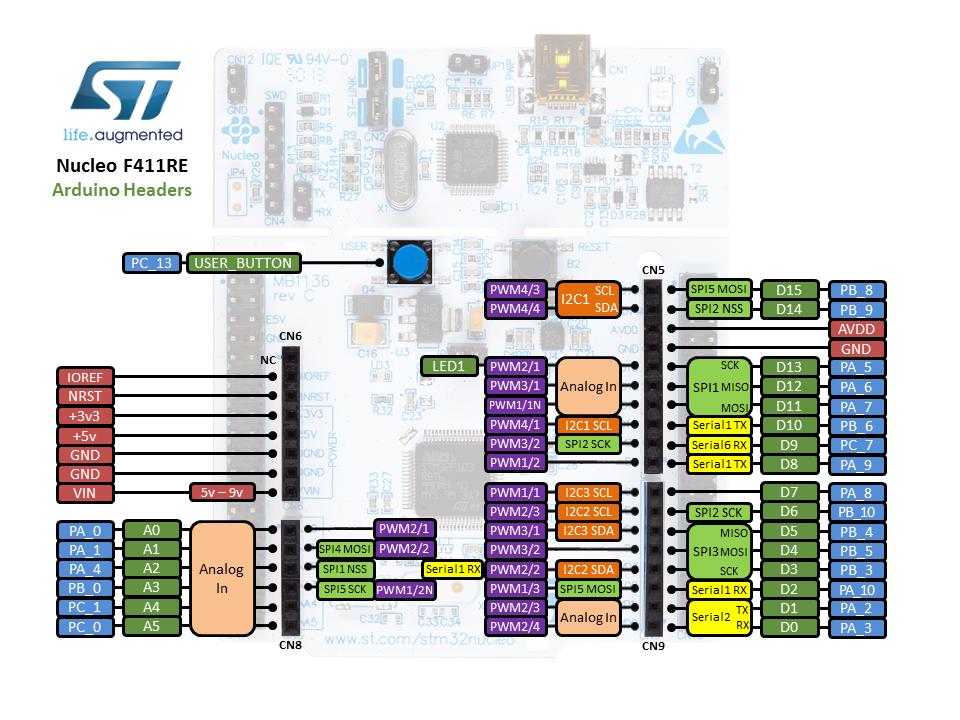

For example, Arduino UNO only has 2 external interrupt pins, and they are pin 2 and 3. Now, there is a lot of possible pin configurations and not all of them are possible depending on the microcontroller and sensor you are using. Signal Possible pins Pwm A 3, 9 Pwm B 6, 11, 13* Pwm C 5, 10 Enable 7, 8 Encoder A 3, A2, A3 Encoder B 2, A1 Encoder I 4, A0 Here is a table of the configurable signals and their possible pin assignments: But more importantly it enables the board to be stackable.

Pinout customization of the Simple FOCShield enables the board to be very flexible with using different sensors and additional arduino modules. There you will need to enable the pullups or provide them yourself externally.īEWARE: StackingIf you are stacking the shields and you wish to use the I2C pull-ups, make sure you solder these pads on only board at a time! Customizing pinout But it is very common to have problems interfacing these sensors with STM32 boards such as Nucleo-64.

Not all I2C devices (especially Magnetic sensors) need the pull-up resistors, or better said, in general, most of them don’t need them, especially with Arduino UNO. The picture above shows how solder the pads in order to enable the Pull-up resistors. Enabling I2C pull-up resistorsįrom the shield version 1.3.2 the boards come with with 4.7KOhm pull-up resistors for I2C communication pins. For those of us who are looking for price optimization :slight_smile:, a lot of cheap Ebay/Aliexpress encoders will need them such as 600P ebay encoder and similar. Not all encoders need the pull-up resistors, or better said, in general, most of them don’t need them. Enabling encoder/hall sensor pull-up resistorsĮach board has integrated set of three 3.3KOhm pull-up resistors for encoder channels A,B and Index (or Hall sensor U, V, W). Therefore once you have the board, if you wish to change configuration all you need to do is remove the ink with some wet paper wipe. The testing configuration will be done with use of conductive ink instead of soldering connections.
#Stm32 nucleo f401re pinout driver#


 0 kommentar(er)
0 kommentar(er)
